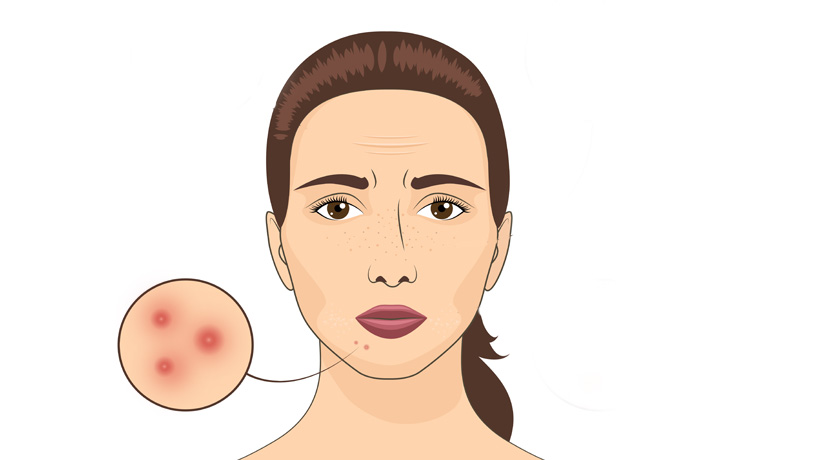There’s a good chance you have staph on you right now.
But don’t worry. According to Penn Medicine from the University of Pennsylvania, about 25 percent of us have the bacterium that causes a staph infection, staphylococcus, on our skin and don’t have any problems. It’s when the bacteria enter your body that you could develop an infection.
There’s a wide range for the severity of staph infections. Some symptoms of the infection can be relatively mild, but sometimes a staph infection can become much more serious. Recognizing the signs can help you seek treatment early, and being aware of how staph bacteria can spread will help you prevent from contracting it in the first place.
Cleveland Clinic lists five different ways a staph infection can manifest.
Skin-based infections
Blisters, boils, red patches and skin abscesses may be small enough to resemble pimples or deep enough to be swollen and sore. Staph infections on the skin may be painful, and a fever may accompany these symptoms.
Impetigo
This painful infection that’s common with children looks like a rash and might secrete fluid. Although it is contagious, it is usually not serious.
Cellulitis
When the infection gets under the skin, this red and painful inflammation can spread. You could even develop sores. Cellulitis may be more serious than the previously listed infections if it’s not treated immediately.
Sepsis
This infection of the bloodstream is one of the most dangerous forms of staph infection, according to Penn Medicine, especially for adults. Symptoms may include rapid breathing, an elevated heart rate, fever, chills and disorientation.
Endocarditis
When staph enters your bloodstream, it can attack your heart and result in endocarditis. In extreme cases, damaged heart valves may require surgery.
What to do
Antibiotics can help most kinds of staph infections. If you see infections on your skin or notice any other symptoms, see a healthcare professional immediately. In some cases, infections may require drainage or incision, according to the Minnesota Department of Health.
Practicing good hygiene is the easiest way to prevent staph from infecting you. Cleveland Clinic recommends washing your hands regularly, especially after touching things in public places. If you get a cut, wash with warm water and soap, dry your skin and apply a bandage over it until it heals.
Sources:
https://www.pennmedicine.org/updates/blogs/health-and-wellness/2018/may/staph-infections
https://health.clevelandclinic.org/staph-infections-what-are-they-and-when-should-you-worry/
http://www.health.state.mn.us/divs/idepc/diseases/staph/basics.html



